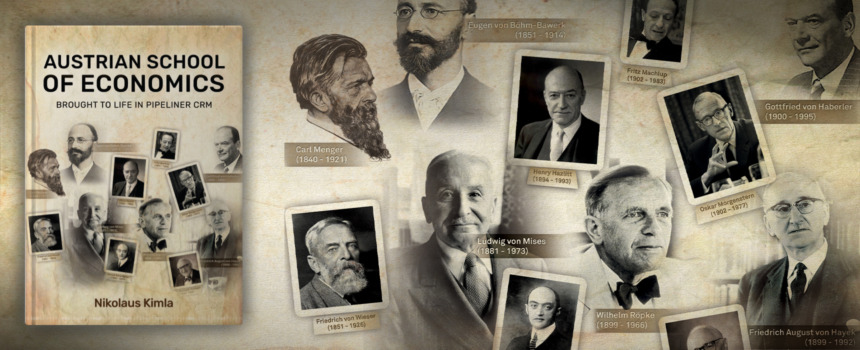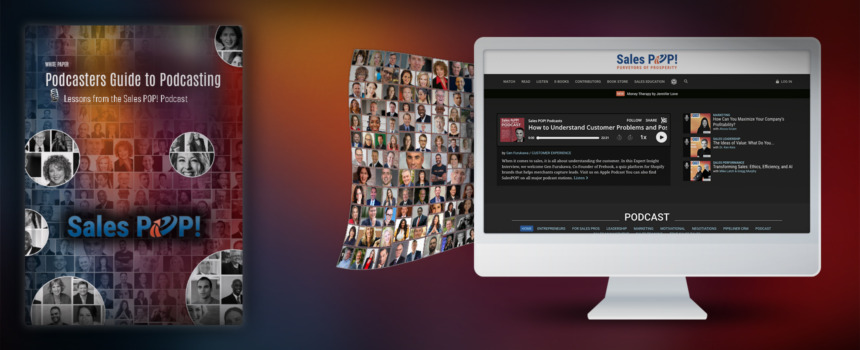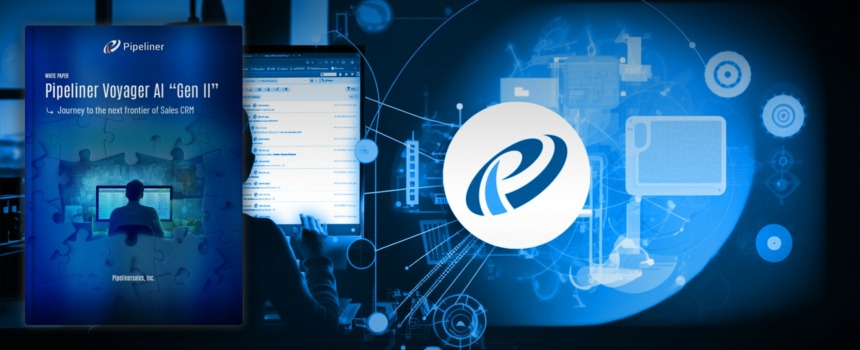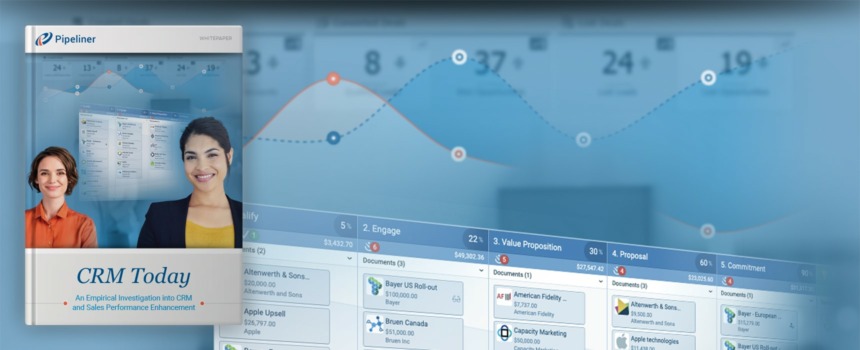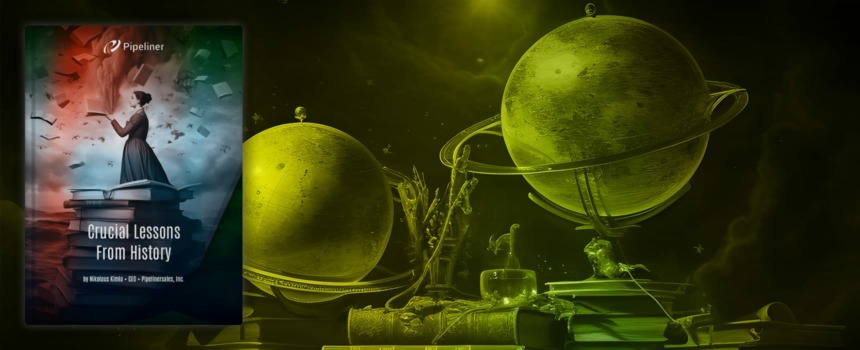WITH ALL THE RECENT TALK OF TRADE WARS – NICKOLAUS KIMLA’S EBOOK IS MORE RELEVANT THAN EVER!
With Donald Trump securing a second term as president, we are bringing back this e-book on trade—now with a new foreword and updated details on Pipeliner CRM. Trade has quickly become a key issue in the early months of his re-election.
This e-book was originally written right after Trump’s 2016 victory, before he had even stepped into office. At the time, there was much uncertainty about how his presidency would unfold. Now, with the landscape clearer and new insights to consider, we take another look at the impact of his policies.
Let’s take a look at some recent expert comments about trade:
Free trade has become even harder to sell to a public perceiving a competitive threat from developing countries. Trump denounced the Trans-Pacific Partnership pact between the US and 11 Pacific Rim countries, and the North American Free Trade agreement with Canada and Mexico…. No one countered that US consumers, including many Trump voters, bought cheap goods at Target and Walmart thanks to efficient global supply chains and cheap labor in the developing world.
Financial Times Weekend, 12/12/2016 Life & Arts Page 1
The president-elect announced the creation of a new National Trade Council inside the White House to facilitate industrial policy, and named an ardent skeptic to trade with China, economist Peter Navarro, to head it.
Wall Street Journal, 12/22/2016 Page 1
While trade is a very hot topic at the present time, we’re certainly not experts on the subject. We can only point out the key issues, state that this is our observation, and indicate that there are some key issues people need to better understand. We also support the idea that the new presidential administration has selected a person from an academic background, as opposed to a political one, to head up the National Trade Council.
In answer to why Pipeliner is creating an ebook about trade, it is really quite simple: Ours is a software solution that empowers sales—and trade is the core of sales, and is the core of economics as well.
Sales at the Forefront
As many of Nikolaus Kimla’s readers know, his philosophy—as well as his product, Pipeliner CRM—is based in the Austrian School of Economic Thought. As stated by the Austrian School founding father Carl Menger, trade has a peacekeeping component. This has never been more evident than it is now.
Another reason for this ebook is that salespeople, sales leaders and organizations must have a firm understanding of trade because of today’s global economy. Many companies are now conducting business in more than one country. The world is headed in this direction and there is no turning back.
We have always said that sales is the most important profession in today’s world. It is at the forefront any company’s effort to do business, to trade. We want sales organizations to succeed and thrive. Hence, with this ebook, we are providing an understanding of trade, its importance, and how you can succeed with it.


